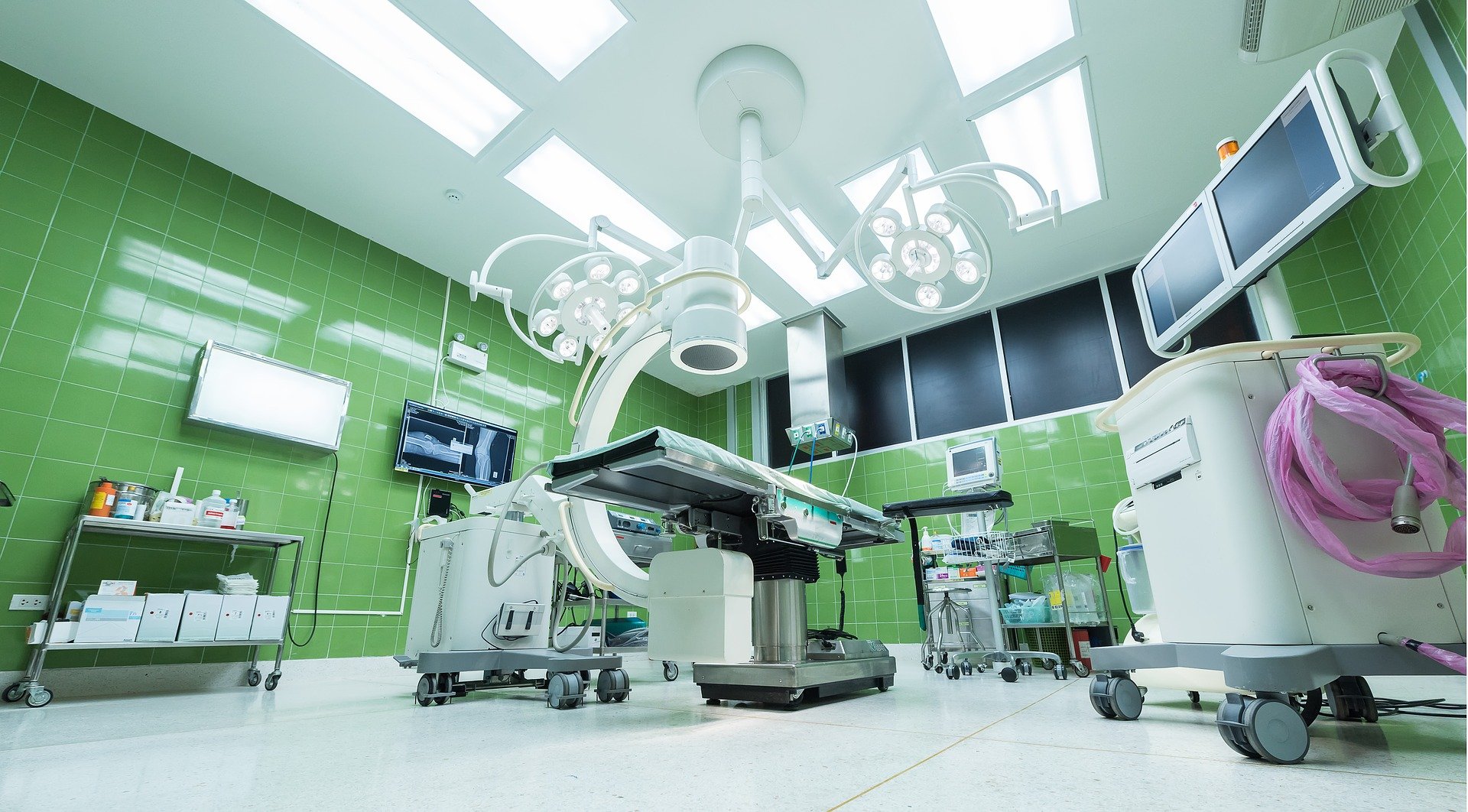Ditch the lead aprons: FDA approves J&J afib catheters for use without X-ray fluoroscopy
2023-08-04
放射疗法

Preview
来源: FierceBiotech
Fluoroscopy can not only result in high radiation doses, but it can also bring long-term pain to clinicians in the cath lab due to the need to wear heavy lead aprons.
Johnson & Johnson MedTech has secured a broad approval from the FDA enabling several of its atrial fibrillation treatments to be used without real-time X-ray fluoroscopy.
The company’s Biosense Webster division said that many of its cardiac ablation catheters can now be guided into the heart using ultrasound—an alternative that would avoid exposing patients and providers to ionizing radiation.
The approval covers Biosense Webster’s Thermocool Smarttouch radiofrequency ablation catheters plus the Carto Vizigo guiding sheath, as well as the PentaRay Nav Eco, DecaNav and Webster CS diagnostic devices for mapping out heart tissue and arrhythmias.
According to J&J, the FDA’s approval for a “zero fluoroscopy” workflow marks not just a first for afib treatments, but also for the real-world evidence the company used to obtain the green light.
The change in the devices’ labels was based on an observational, prospective registry first launched in 2019. It tracked real-world catheter ablation outcomes among patients with afib, including procedural efficiency, safety and long-term effectiveness.
“Our novel approach to evidence generation, utilizing real-world evidence from the REAL AF Registry, has helped us secure regulatory approval for our fluoroscopy alternative workflow, and I’m looking forward to utilizing this approach in the future to lower study costs and achieve faster regulatory milestones,” Anthony Hong, J&J’s vice president for cardiovascular preclinical and clinical research, said in a statement.
Fluoroscopy imaging can not only result in high radiation doses and an increase in lifetime cancer risks—with X-rays in continuous use during lengthy procedures, monitoring catheters as they slowly navigate through the body’s blood vessels—but it can also bring long-term muscle and skeletal pain to clinicians in the cath lab, due to the need to wear heavy lead aprons and other radiation protection equipment.
To that point, multiple companies have previously worked to develop small robotic systems that allow surgeons to place needles or catheters from outside the room, sparing them from extra exposure.
更多内容,请访问原始网站
文中所述内容并不反映新药情报库及其所属公司任何意见及观点,如有版权侵扰或错误之处,请及时联系我们,我们会在24小时内配合处理。
靶点
-药物
-来和芽仔聊天吧
立即开始免费试用!
智慧芽新药情报库是智慧芽专为生命科学人士构建的基于AI的创新药情报平台,助您全方位提升您的研发与决策效率。
立即开始数据试用!
智慧芽新药库数据也通过智慧芽数据服务平台,以API或者数据包形式对外开放,助您更加充分利用智慧芽新药情报信息。





